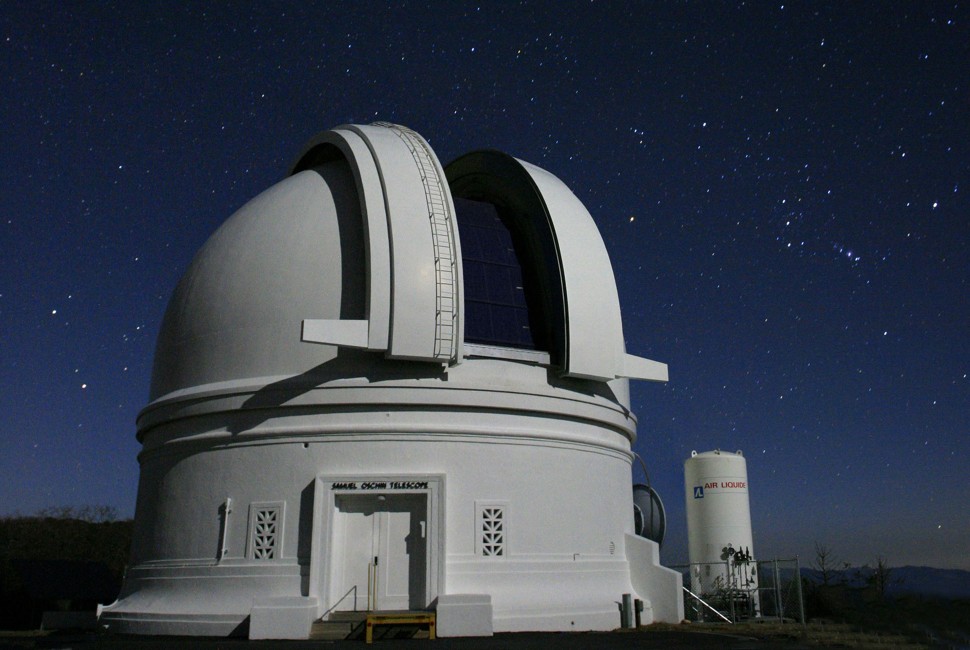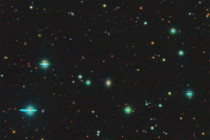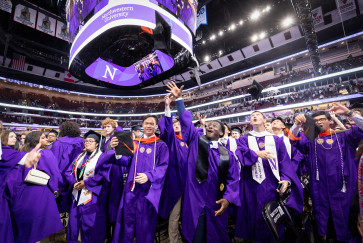With contributions from Northwestern University astrophysicists, the Zwicky Transient Facility (ZTF) astronomical survey officially has classified more than 10,000 new supernovae. This major milestone marks a new record for discovering and confirming supernovae, the brilliant flashes of light emitted from dying stars.
By compiling a growing dataset of supernovae, astronomers are better equipped to answer questions about stellar evolution and death, how dark energy drives the expansion of the universe and how, exactly, stars die.
“We need large samples of supernovae to understand their relative rates,” said Northwestern’s Adam Miller, a ZTF board member and co-principal investigator on the project. “For example, suppose there is an unusual type of white dwarf explosion that only manifests itself in 1 out of every 100 such explosions. On average we would need at least 100 discoveries just to find one of these, and we’d need more than 1,000 or so discoveries to make a robust statistical measurement of their prevalence. Finding lots of supernovae allows us to determine these rates.”
Miller is an assistant professor of physics and astronomy at Northwestern’s Weinberg College of Arts and Sciences. Miller also is a member of the Center for Interdisciplinary Exploration and Research in Astrophysics (CIERA) and of the NSF-Simons AI Institute for the Sky (SkAI, pronounced “sky”).
Northwestern AI bot adds automation
Located at Caltech’s Palomar Observatory just east of San Diego, ZTF uses a wide-field camera to scan the entire visible sky every other night. Over the past five years, ZTF’s Bright Transient Survey has become the world’s primary discovery machine for astronomical transients — fleeting phenomena that flare up suddenly and then quickly fade.
Launched in 2017, ZTF received a boost last year when Northwestern scientists led the development of Bright Transient Survey Bot (BTSbot), a new tool that automates the entire search for supernovae across the night sky. BTSbot discovers, reports and requests additional observations of new supernovae — effectively removing humans from the process.



